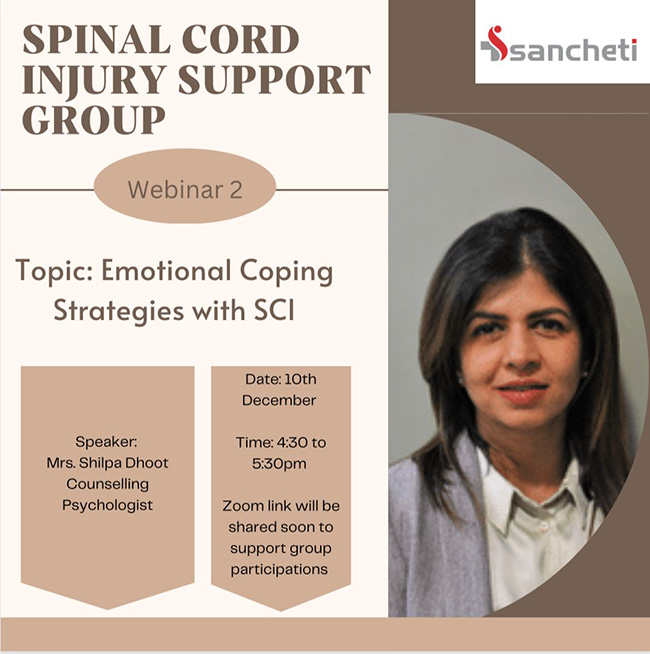“Wear and tear” arthritis, also known as osteoarthritis (OA), is the most common type of arthritis and often affects the hands. It occurs when the cartilage that cushions the ends of the bones in the joints gradually deteriorates, leading to pain, stiffness, and reduced function.
Causes
Osteoarthritis in the hands can result from:
- Aging: The risk of developing osteoarthritis increases with age.
- Repetitive Use: Activities that involve repetitive motion or heavy use of the hands can contribute to joint wear.
- Genetics: A family history of osteoarthritis can increase the risk.
- Injury: Previous injuries to the hand or wrist can lead to osteoarthritis.
- Gender: Women are more likely to develop hand osteoarthritis than men.
- Obesity: Excess weight can increase stress on the joints, although this is more significant for weight-bearing joints.
Symptoms
- Pain: Joint pain that worsens with activity and improves with rest.
- Stiffness: Especially in the morning or after periods of inactivity.
- Swelling: In and around the affected joints.
- Reduced Range of Motion: Difficulty moving the fingers or wrist.
- Bony Enlargements: Development of bony nodules at the middle or end joints of the fingers (Heberden’s and Bouchard’s nodes).
Diagnosis
- Physical Examination: Assessment of joint pain, swelling, and range of motion.
- Imaging: X-rays can show joint space narrowing, bone spurs, and other changes.
- Lab Tests: Generally not required for osteoarthritis but may be used to rule out other conditions.
Treatment
Non-Surgical Treatments:
- Medications:
- Pain Relievers: Acetaminophen, NSAIDs (ibuprofen, naproxen).
- Topical Analgesics: Creams or gels applied directly to the skin over the joints.
- Therapies:
- Physical Therapy: Exercises to strengthen muscles around the joints and improve range of motion.
- Occupational Therapy: Techniques to protect joints and improve daily function.
- Splints or Braces: Support and stabilize the affected joints.
- Lifestyle Modifications:
- Weight Management: Maintaining a healthy weight to reduce joint stress.
- Activity Modification: Avoiding activities that exacerbate symptoms.
- Exercise: Regular, low-impact exercise to maintain joint flexibility and strength.
- Assistive Devices: Tools to help with daily activities, reducing strain on the hands.
Surgical Treatments:
- Joint Fusion: Fusing bones in a joint to eliminate pain.
- Joint Replacement: Replacing a damaged joint with an artificial one, typically used in severe cases.
Prevention
- Ergonomic Adjustments: Using tools and workspaces that reduce strain on the hands.
- Regular Exercise: Maintaining joint flexibility and muscle strength.
- Protecting Joints: Using proper techniques during activities to avoid injury.
Managing hand osteoarthritis involves a combination of treatments and lifestyle changes aimed at reducing symptoms and maintaining hand function. Early intervention and a comprehensive approach can help improve quality of life for those with hand osteoarthritis.
4o









0 comments on “All About “Wear and Tear” Arthritis of the Hand”